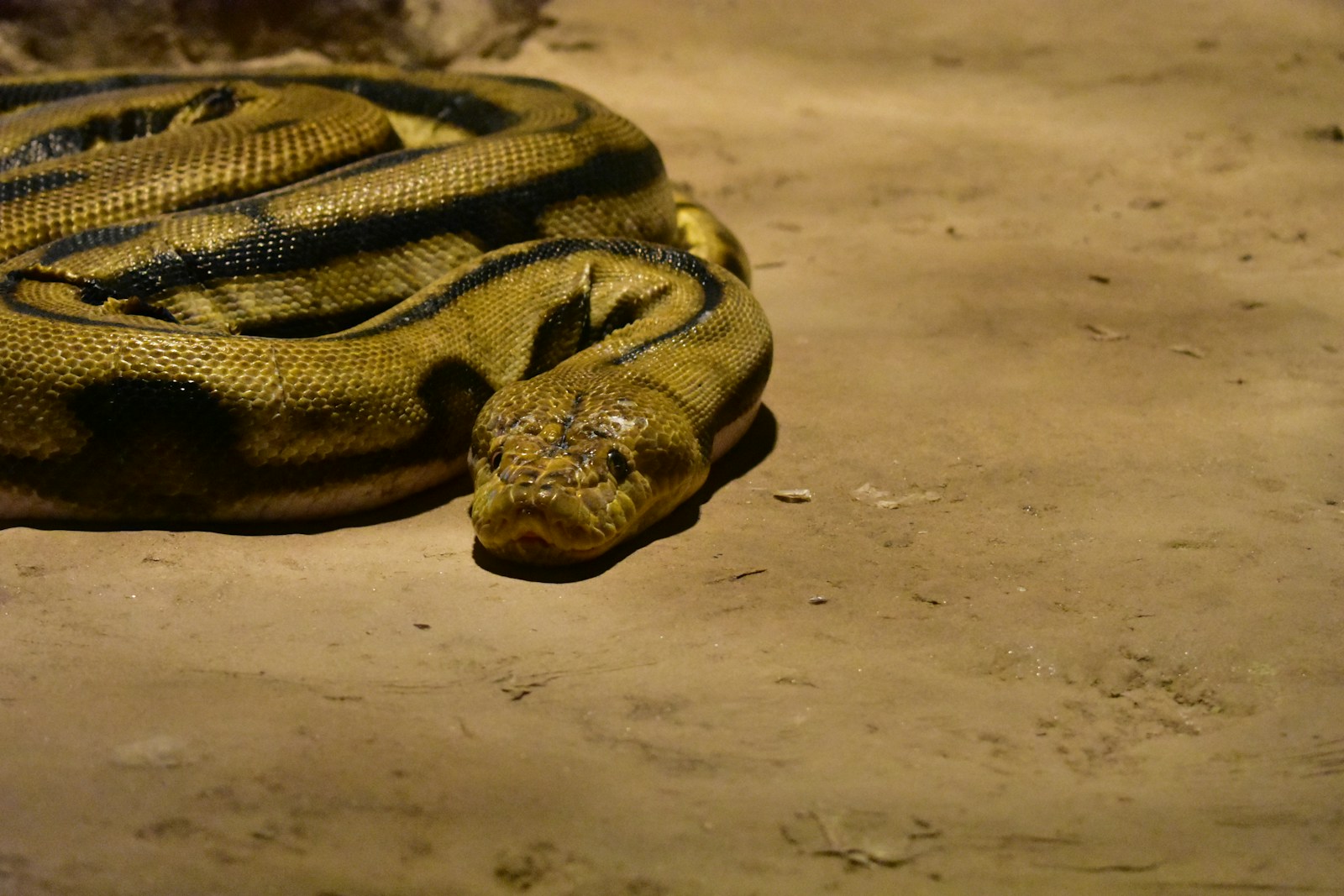When encountering a snake moving in circles, many people assume it’s simply bizarre behavior or even a sign of aggression. However, this peculiar movement pattern reveals fascinating insights into snake neurology, survival mechanisms, and cognitive processes. Circular movement in snakes typically indicates disorientation or confusion, but the underlying causes can range from defensive tactics to neurological issues. This article explores the science behind why snakes sometimes abandon their characteristic linear movement in favor of circular patterns when they become confused or stressed.
The Basic Mechanics of Snake Movement

Snake locomotion is one of nature’s most remarkable adaptations, allowing these limbless creatures to navigate diverse environments with surprising efficiency. Most snakes employ lateral undulation as their primary movement method, creating S-shaped curves that push against ground irregularities to propel them forward. This movement requires precise neuromuscular coordination and sensory awareness of the surrounding environment. When functioning normally, this system allows snakes to move in deliberate, directed paths toward prey, shelter, or away from threats. Understanding normal movement patterns provides crucial context for recognizing when something has disrupted a snake’s typical locomotion system, causing the circular movement that indicates confusion or distress.
Defensive Circling as a Survival Strategy

When threatened, some snake species deliberately move in circular patterns as part of their defensive repertoire. This behavior serves multiple survival purposes, potentially confusing predators about the snake’s intended direction or creating the illusion of multiple snakes. Species like rattlesnakes may combine circular movement with their rattle sound to create a more intimidating defensive display. Hognose snakes, known for their theatrical defensive behaviors, sometimes incorporate circular movements before their famous death-feigning act. These intentional circular movements differ from confusion-based circling because they’re controlled, purposeful, and typically cease once the perceived threat subsides.
Sensory Overload and Environmental Confusion

Snakes rely heavily on multiple sensory systems to navigate their world, including vision, smell, and vibration detection through their jawbones. When these systems receive overwhelming or contradictory information, disorientation may manifest as circular movement. Bright lights, intense vibrations, or conflicting chemical signals can overload a snake’s sensory processing capabilities. This explanation is particularly relevant in captive settings where artificial lighting, handling, or unfamiliar substrates may create sensory confusion. Wild snakes may experience similar disorientation during extreme weather events or when encountering human disturbances that produce unfamiliar sensory stimuli.
Neurological Causes of Circular Movement
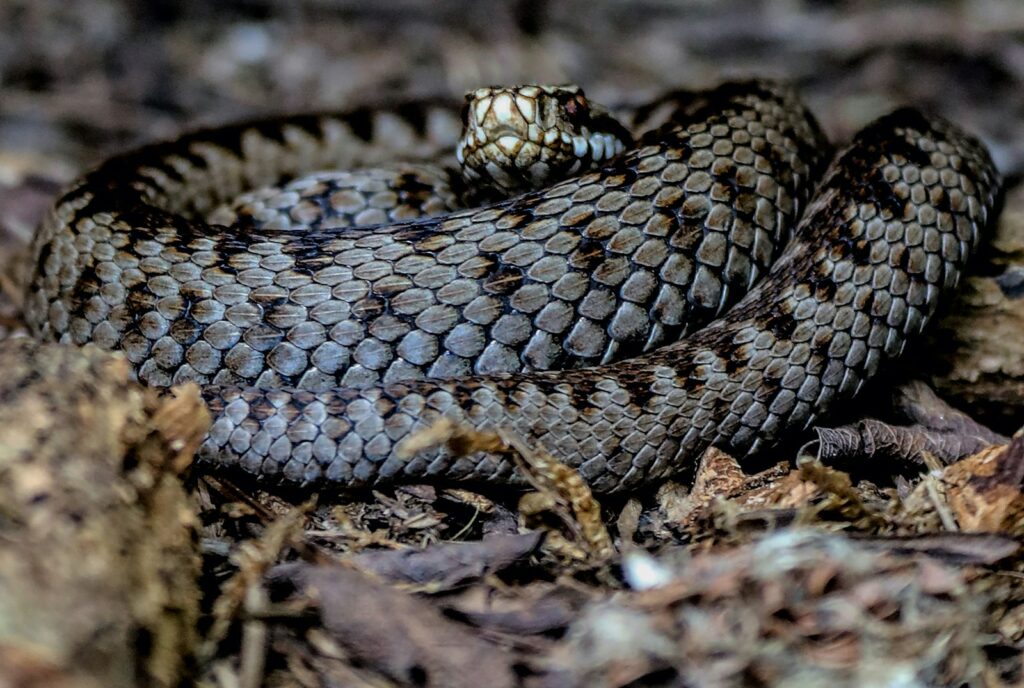
Circular movement often indicates neurological dysfunction in snakes, ranging from temporary issues to serious conditions. Infections affecting the central nervous system, particularly those causing encephalitis, can disrupt the neural pathways controlling coordinated movement. Certain parasitic infections reaching the brain can similarly affect motor control. Toxin exposure represents another common neurological cause, with pesticides, heavy metals, and certain plant toxins known to induce circling behaviors in affected snakes. Reptile veterinarians consider persistent circular movement a significant neurological symptom warranting immediate medical investigation, as it often indicates conditions requiring treatment.
The Role of Star-Gazing Syndrome
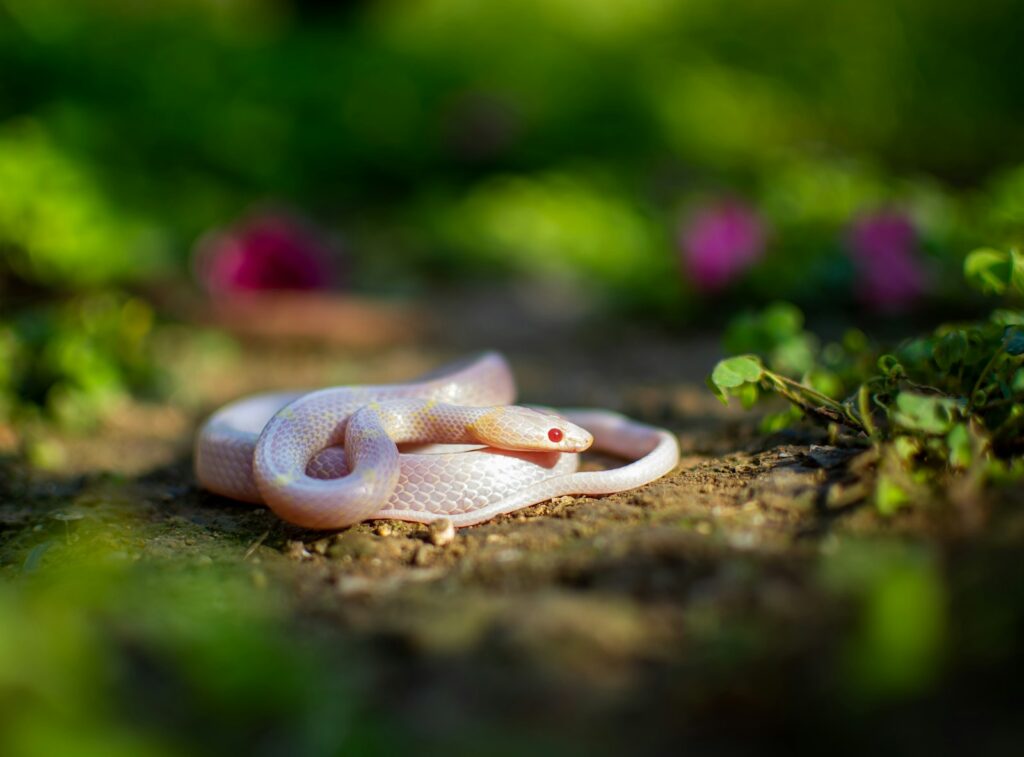
Circular movement frequently accompanies a condition known as “star-gazing syndrome” in captive snakes, characterized by upward head positioning and disoriented movement patterns. This syndrome typically stems from infectious diseases like inclusion body disease (IBD) or paramyxovirus, particularly common in boas and pythons. Nutritional deficiencies, especially vitamin B1 (thiamine) deficiencies, can produce similar symptoms by affecting neural function. Environmental factors such as inappropriate temperature gradients or humidity levels may exacerbate these neurological symptoms. When circular movement appears alongside star-gazing behavior, it generally indicates a more serious condition requiring veterinary intervention rather than simple confusion.
Temperature-Induced Disorientation
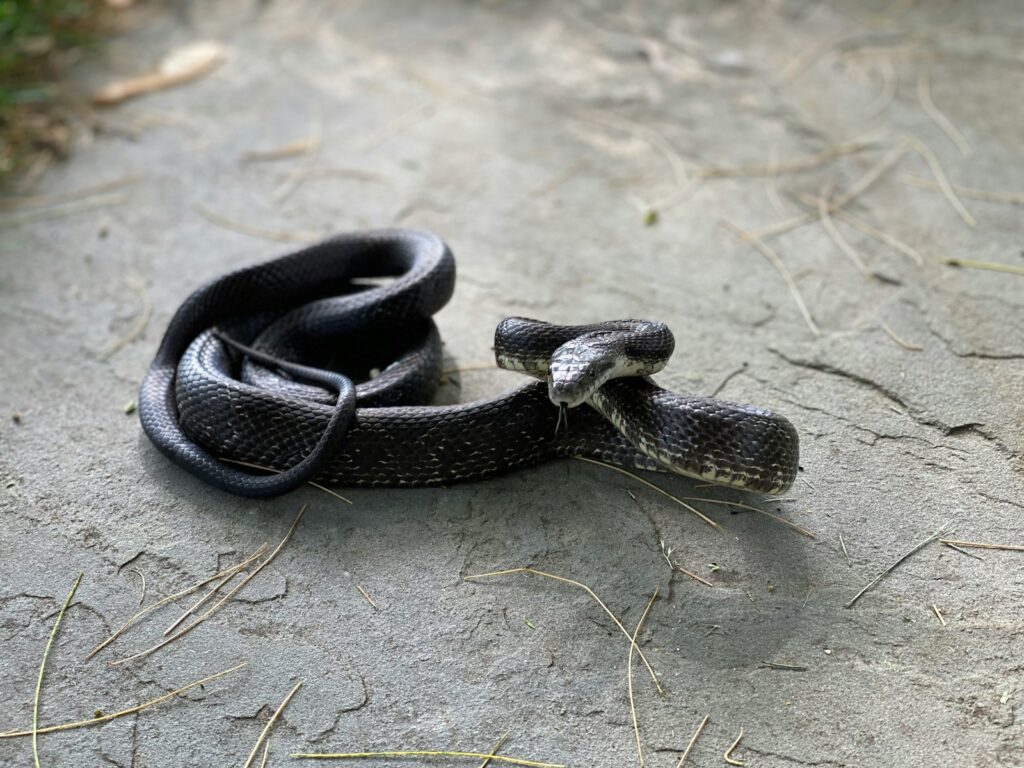
As ectothermic animals, snakes depend entirely on external heat sources to regulate body temperature and maintain normal physiological functions. Exposure to temperatures outside a snake’s optimal range can significantly impact neurological function, resulting in circular movement patterns. Cold-stunned snakes often display erratic movements, including circling, as their metabolism and neural processes slow dramatically. Conversely, overheating can cause neurological distress, manifesting as circular movement before progressing to more severe symptoms. This temperature sensitivity explains why snakes in inappropriate captive conditions frequently exhibit confused circling behaviors, particularly during extreme temperature fluctuations.
Vestibular Dysfunction in Snakes
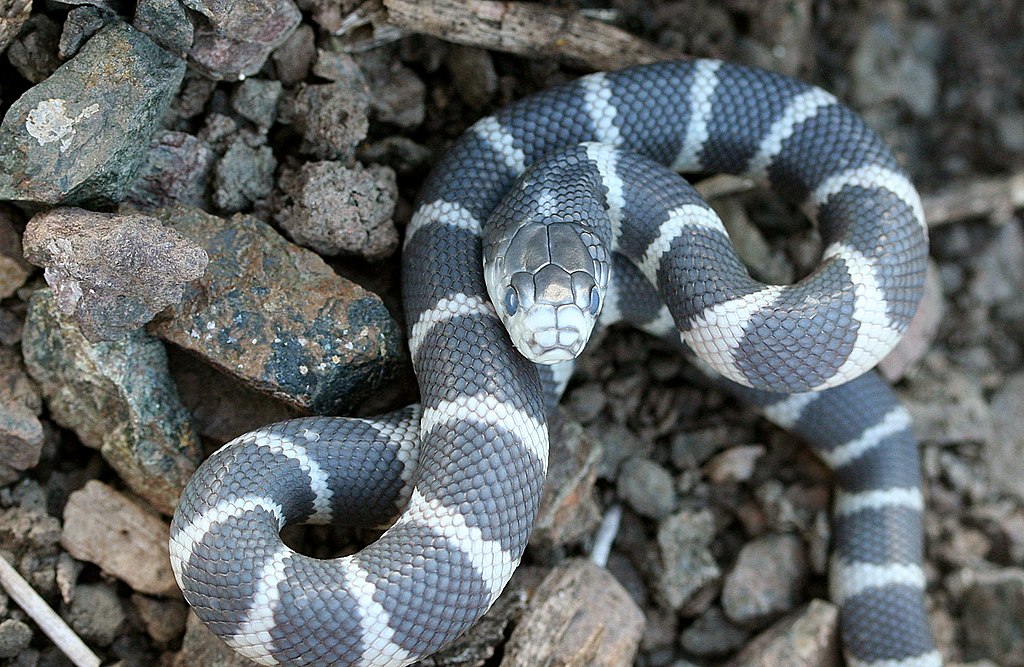
The vestibular system, responsible for balance and spatial orientation, plays a crucial role in snake movement coordination. Dysfunction in this system predictably results in circular movement patterns similar to those observed in other animals with vestibular issues. Inner ear infections represent a common cause of temporary vestibular problems in snakes, particularly in species that spend time in water, where bacteria can enter the ear openings. Head injuries affecting the inner ear or brain regions controlling balance can cause similar symptoms. Some congenital defects may also result in permanent vestibular dysfunction, though affected individuals rarely survive long in wild conditions.
The Stress Response and Circular Movement

Psychological stress triggers significant physiological changes in reptiles, including snakes, often resulting in disoriented movement patterns. When faced with extreme stress from handling, transportation, or environmental changes, snakes may enter a state of acute anxiety, manifesting as circular movement. This response appears particularly common during the critical acclimation period after introduction to a new environment. The circular movement may represent an attempt to escape perceived threats or locate familiar territory. Understanding this stress response helps explain why newly acquired captive snakes often exhibit temporary circling behaviors that resolve as they adjust to their surroundings.
Distinguishing Between Confusion and Hunting Behavior
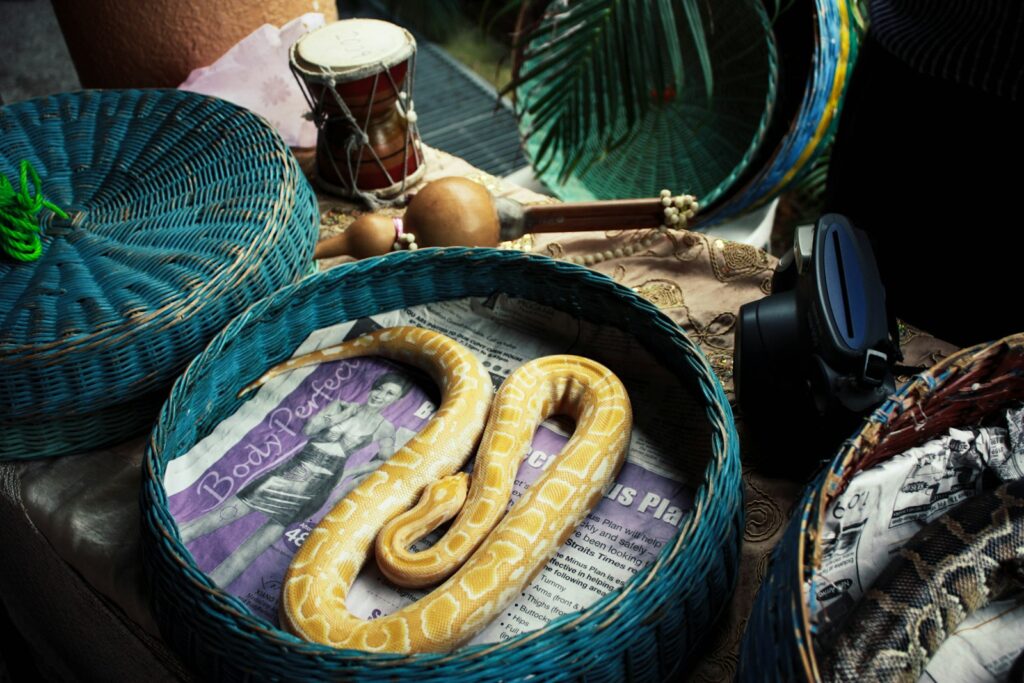
Not all circular movement indicates confusion, as some predatory snakes use circular patterns strategically during hunting. Species that specialize in hunting burrowing prey may circle an area after detecting scent trails, gradually tightening their loops to locate the prey’s exact position. This behavior differs from confusion-based circling through its purposeful nature and the snake’s alert, focused demeanor. Experienced observers can distinguish hunting circles by noting the snake’s tongue-flicking frequency, head position, and responsive adjustments to environmental cues. Wild snake researchers use these behavioral distinctions to accurately assess whether observed circular movements indicate normal hunting behavior or potential neurological issues.
Species-Specific Circling Behaviors
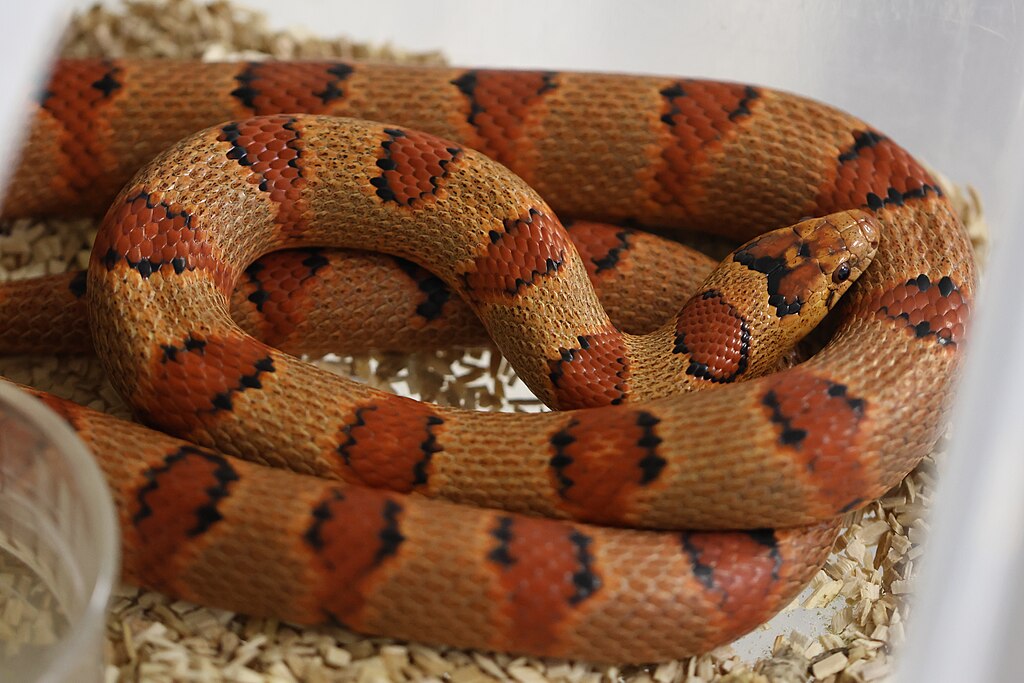
Different snake species show varying propensities for circular movement when confused, reflecting their evolutionary adaptations and neurological characteristics. Arboreal species like emerald tree boas and green tree pythons rarely display circular ground movements, instead becoming motionless or making disorganized climbing attempts when disoriented. Fossorial (burrowing) species like sand boas often show more pronounced circular movements when confused in surface environments, possibly reflecting their instinctive digging patterns. Aquatic species may exhibit spiral swimming patterns rather than ground-based circles when experiencing similar confusion. These species-specific variations provide valuable diagnostic information to veterinarians and herpetologists assessing snake behavior.
Chemical Causes of Disorientation
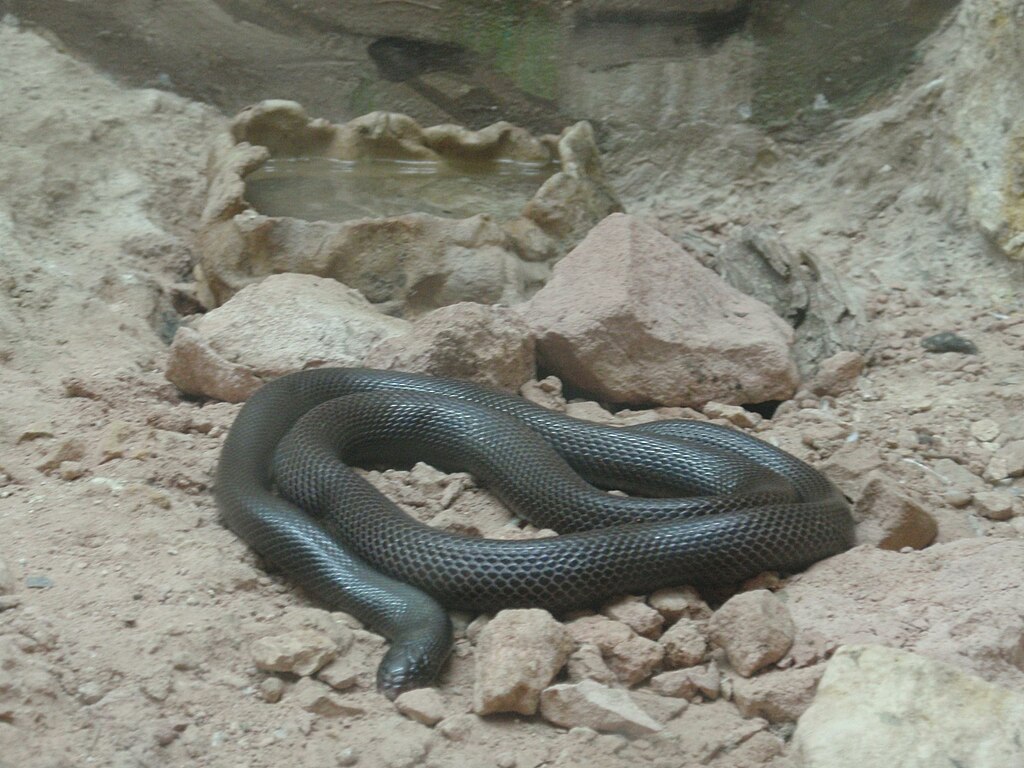
Snakes show remarkable sensitivity to environmental chemicals, with numerous substances capable of inducing neurological effects that manifest as circular movement. Cleaning products, especially those containing phenols, can cause immediate neurological reactions in snakes exposed to recently cleaned enclosures. Airborne substances like essential oils, air fresheners, and cigarette smoke can similarly affect sensitive snake species. Certain substrate materials release volatile compounds that accumulate in enclosed spaces, gradually affecting neurological function. Veterinary research has identified specific chemical sensitivities in different snake families, guiding for creation of appropriate captive environments that minimize exposure to potentially disorienting substances.
Helping a Confused, Circling Snake
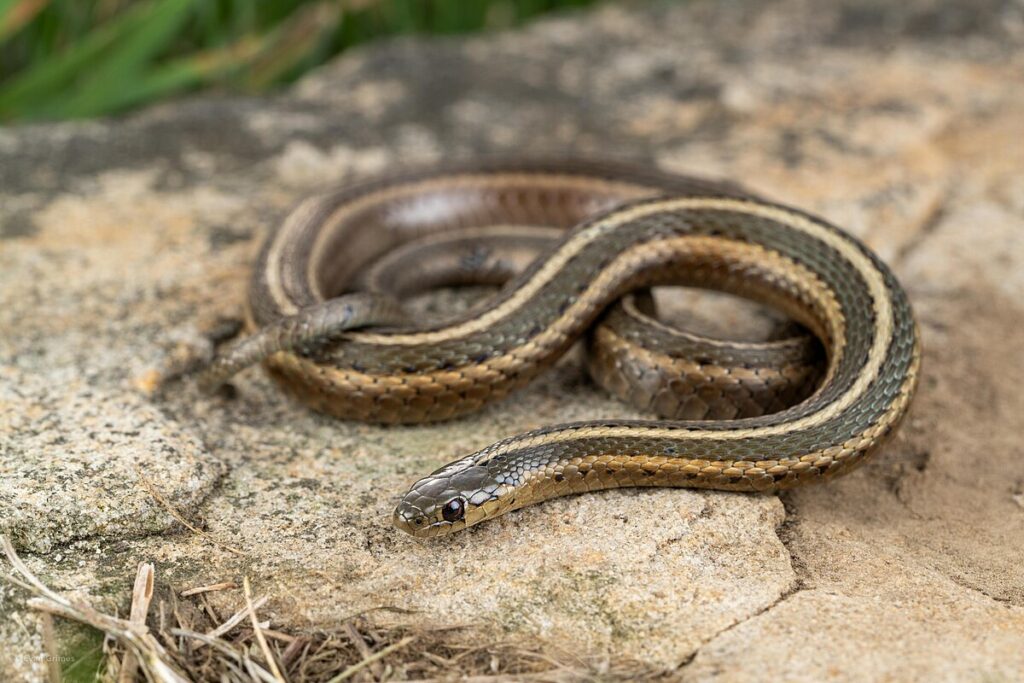
When encountering a snake moving in circles, appropriate intervention depends on correctly identifying the underlying cause. For temporary confusion caused by handling or environmental changes, simply providing a quiet, secure environment with appropriate temperature gradients often allows the snake to regain normal orientation. Removing potential sources of sensory overload, such as bright lights or vibrations, can expedite recovery from disorientation. For suspected neurological issues, prompt veterinary assessment remains essential, as early intervention significantly improves outcomes for treatable conditions. Snake owners should maintain detailed records of any circling episodes, including duration, environmental conditions, and associated symptoms, to aid veterinary diagnosis.
When Circular Movement Indicates Emergency

While some causes of circular movement resolve naturally, certain patterns indicate situations requiring immediate intervention. Rapid, uncontrolled circling accompanied by tremors, head-tilting, or inability to right the body when turned over suggests serious neurological compromise requiring emergency care. Circling combined with open-mouth breathing, regurgitation, or paralysis of portions of the body represents a critical condition. Sudden onset of circular movement following potential toxin exposure constitutes a veterinary emergency. For wild snakes, coordinated circling observed across multiple individuals in an area may indicate environmental hazards like pesticide contamination or toxic algal blooms that warrant notification of wildlife authorities.
Circular movement in confused snakes represents far more than an odd behavioral quirk—it offers a window into the complex interplay between snake neurology, environmental responses, and survival mechanisms. From defensive strategies to neurological dysfunction, the causes behind this behavior span biological, environmental, and even psychological domains. For snake owners, wildlife enthusiasts, and herpetologists alike, understanding these movements provides valuable diagnostic information and enhances our appreciation for the sophisticated sensory systems these limbless reptiles have evolved. By recognizing when and why snakes move in circles, we can better address their needs in both captive and wild environments, ensuring their health and well-being.

